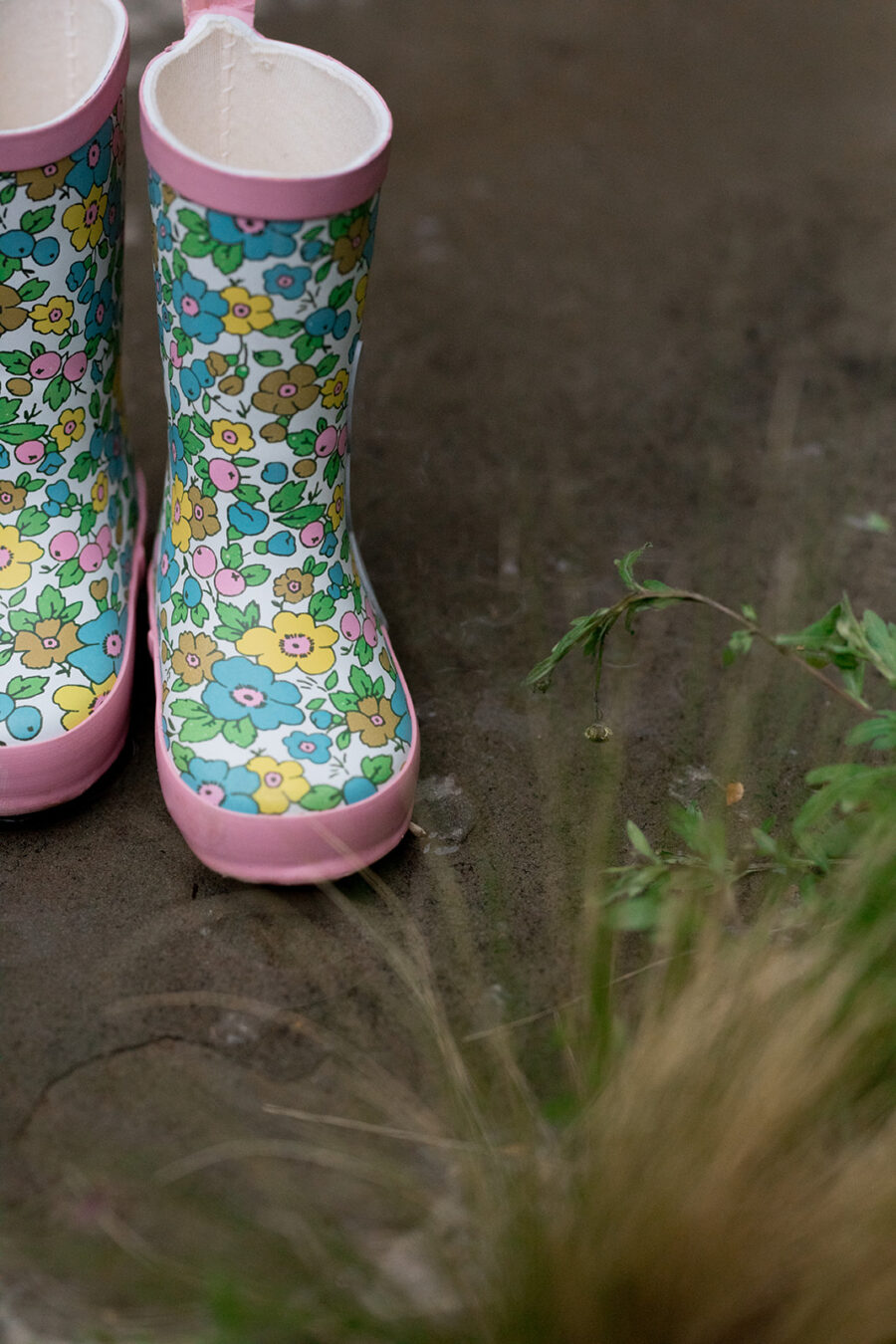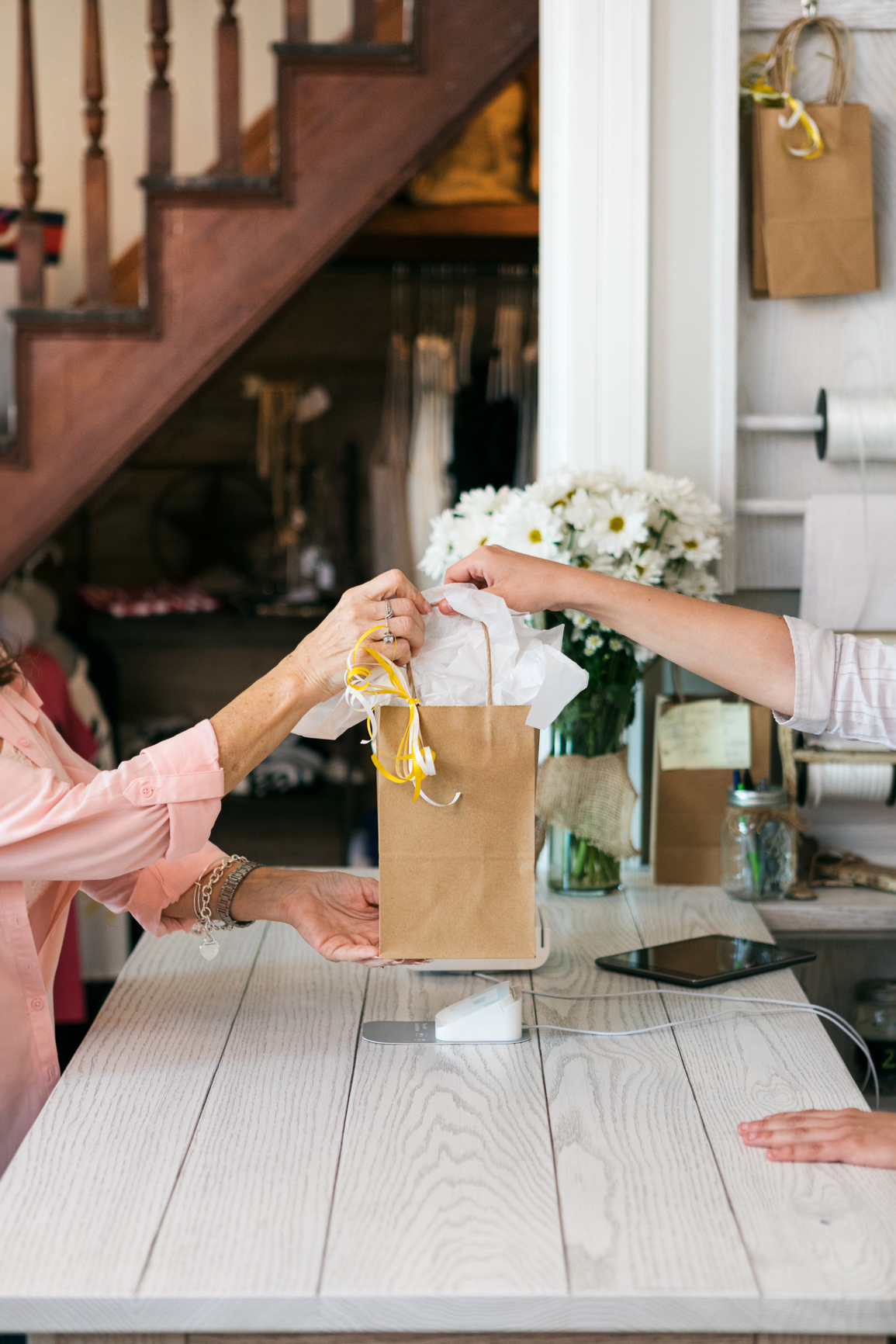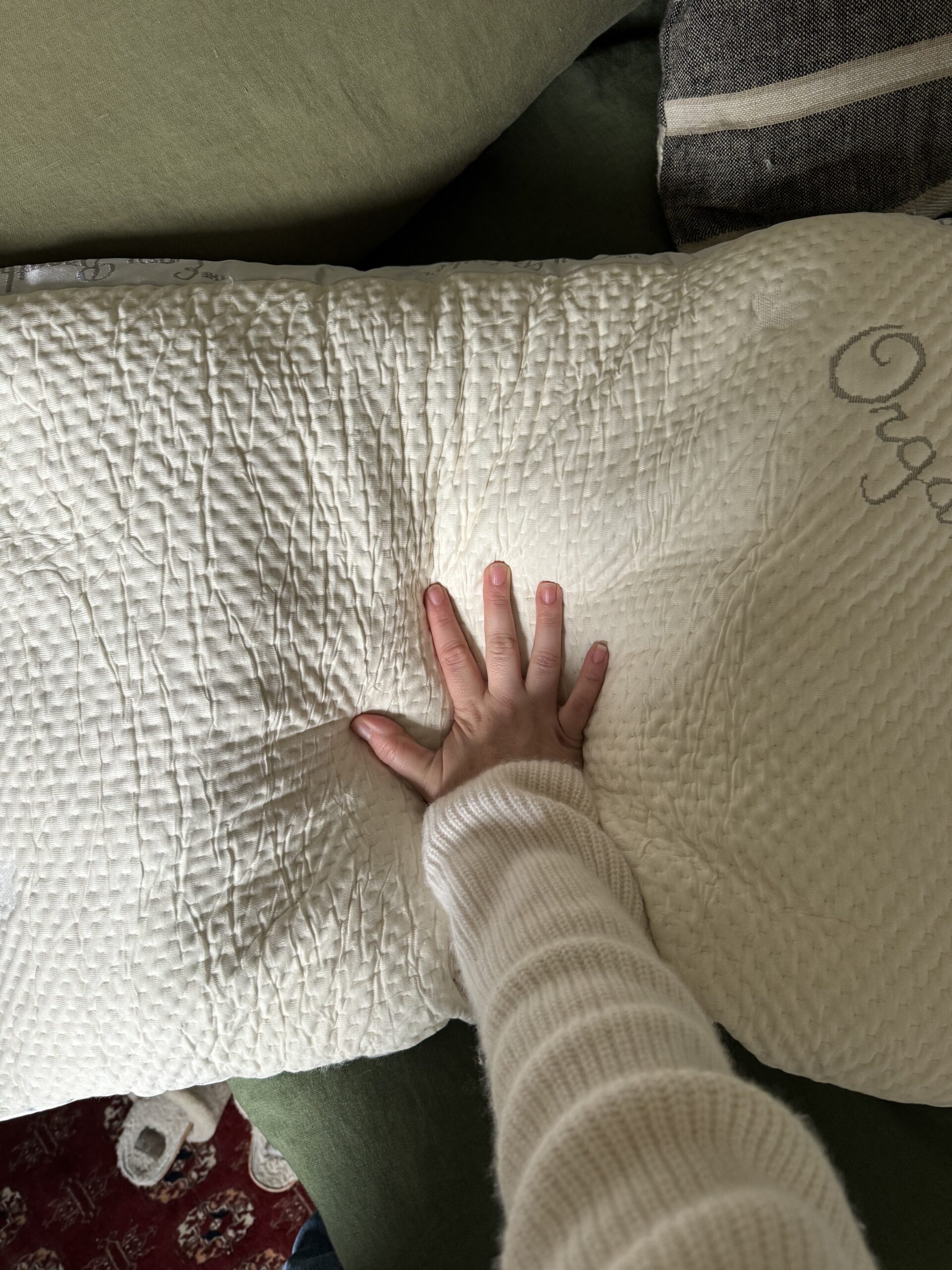
Why I’m Gardening With My Kids (Even Though I’m Not Great At It)
As a child, I spent many days visiting our family’s homestead in the Minnesota countryside. Some of my favorite memories are picking rhubarb from the garden to make jam with my late grandmother and building a home for the birds with my grandpa. My mother lives there full-time now, and she keeps an expansive, lush garden that contains various crops ready for picking during the summer months. With fond memories of her garden and my newfound consciousness of environmental and food justice after college, I too wanted to grow my own food someday.
“Some of my favorite memories are picking rhubarb from the garden to make jam with my late grandmother and building a home for the birds with my grandpa.”
The first time I tried my hand at gardening was at the beginning of the pandemic. Like so many in the spring of 2020, we suddenly had plenty of time. My husband and I spent one warm weekend in April tilling beds, hauling free local compost in our ‘99 pickup, and planting seeds.
Perhaps it’s the writer in me, but at the time everything felt like a metaphor — the earth teaching me about abundance, renewal, resilience. The power of water and light and nourishment. I’d also soon learn a lot about pest prevention and soil quality (it turns out the desert silt in our backyard is much different than the rich, Minnesota soil I grew up with).
“Perhaps it’s the writer in me, but at the time everything felt like a metaphor — the earth teaching me about abundance, renewal, resilience.”
Shortly after we planted, we learned we would become parents in January.
Although I had the best intentions, even the remaining plants that survived the pest invasion and poor-quality soil grew unruly as I endured first-trimester sickness and exhaustion. We harvested a few tomatoes and some squash as the weeks went on, but eventually most of them turned to rot.
After that first attempt, we pivoted and spent four years growing children instead of tomatoes. We now have a three-year-old daughter and we’ll celebrate our son’s first birthday in June.
How we started gardening with our kids
I’d been dreaming of planting a garden again since our last attempt. I was excited to try again, this time with our kids. For weeks, I tried to plan an elaborate garden, and realized these grand plans were holding me back. So instead we started small, with just one tray of seedlings. We planned to transfer them to some pots we already had and some DIY raised beds made from old crates we’d picked up from a neighbor.
“For weeks, I tried to plan an elaborate garden, and realized these grand plans were holding me back.”
We spent one sunny Saturday morning planting in the backyard. I spent most of the time giving one hundred redirections to please put the soil in the tiny cups instead of dumping it on the baby’s head, but I didn’t mind. I’d learned enough to know to go in with patience and low expectations.
The seeds sprouted eagerly and we were excited. We checked on our sprouts daily, teaching our daughter to water them carefully. We’re doing it! We’re gardening together! But we waited too long to put them in the ground and they died.
A few weeks later, we planted a second round of seedlings, but forgot to bring them inside and they never came up.
What the garden is teaching me
Admittedly, I was frustrated. Five years ago I’d approached gardening for the first time with big plans and high expectations. This time, I’d started with just one tray of seedlings and it still didn’t work.
I realize the stakes are low for our small backyard garden, but it felt like I’d tried and failed more times than I should have. I noticed myself putting an inappropriate amount of pressure on these delicate seedlings.
“I noticed myself putting an inappropriate amount of pressure on these delicate seedlings.”
As someone who lives with anxiety, I noticed myself approaching the garden with the familiar perfectionism I resort to when I’m anxious. This tendency manifests in my experience with motherhood as well. I often feel pressure to know and be everything as a mother because it feels like the stakes have never been higher to get things right. However, I’ve learned that, like the garden, I don’t flourish when I approach myself with perfectionism. Turns out not much can under such conditions.
So this time around the garden is teaching me about patience, second chances, and small beginnings. It’s teaching me about starting small and not letting my grandiose ideas overwhelm me.
“This time around the garden is teaching me about patience, second chances, and small beginnings.”
It’s teaching me about my limitations and how to work within them. Just start with a few seeds, some dirt, and whatever pots or land you have. If nothing grows, look into why. Begin again. Maybe we’ll use those raised beds eventually.
I’m realizing that approaching this as a beginner alongside my children is giving me a more generous, spacious, and soft approach to motherhood. It is true they need a leader and a caretaker, but they also need someone to model gentleness, humility, and softness.
While I want them to experience a mother who is sure and steady, I also want them to experience a mother who makes mistakes. A mother who is soft, malleable, human. One who protects them and makes them feel safe, and also models how to apologize, how to learn, and how to be free.
I’m learning that I don’t have to carry the weight of the world on my own shoulders and get everything right. We can approach life together. Curious, light, and open.
What I hope the garden is teaching them
Determined to try again, we planted our seedlings in the dirt a third time. I still don’t know if anything will come up.
In the meantime, my daughter spends time studying the bees. I enjoy watching my son zone in on an ant and follow it with his gaze with distinct focus.
And while these beginnings may be small and we haven’t yet yielded a crop, I hope this is the start of a lifelong learning about our connectedness to all living things. How grounding and life-giving spending time in nature is.
“I hope this is the start of a lifelong learning about our connectedness to all living things.”
I want them to learn that this is where food comes from. I want them to taste the difference between a tomato from the farmer’s market and one from the grocery store. I want them to experience the seasonality of different foods, to understand why we wait for strawberries come spring, because they’re just so damn good. I want them both to feel the texture of the different types of earth, taste the sweetness of honeysuckle and the bitterness of a dandelion. I want them to observe the gnats that fly around my unkempt compost, learning that we throw food scraps in the compost pile rather than in the trash that goes to landfill.
I want them to feel our connectedness to all living things, to eventually understand that when one of us suffers it affects us all.
These small experiences in the backyard are the foundation of their little lives. I want them to have memories of us doing this together, learning something together, approaching something together – curious, light, and open.
Kate Arceo is Community Manager at The Good Trade. When she’s not hosting dinner parties with her husband at their home in Southern California, you can find her sipping a latte at their local coffee house or shopping for strawberries with her kids at the farmers market. Say hi on Instagram!




